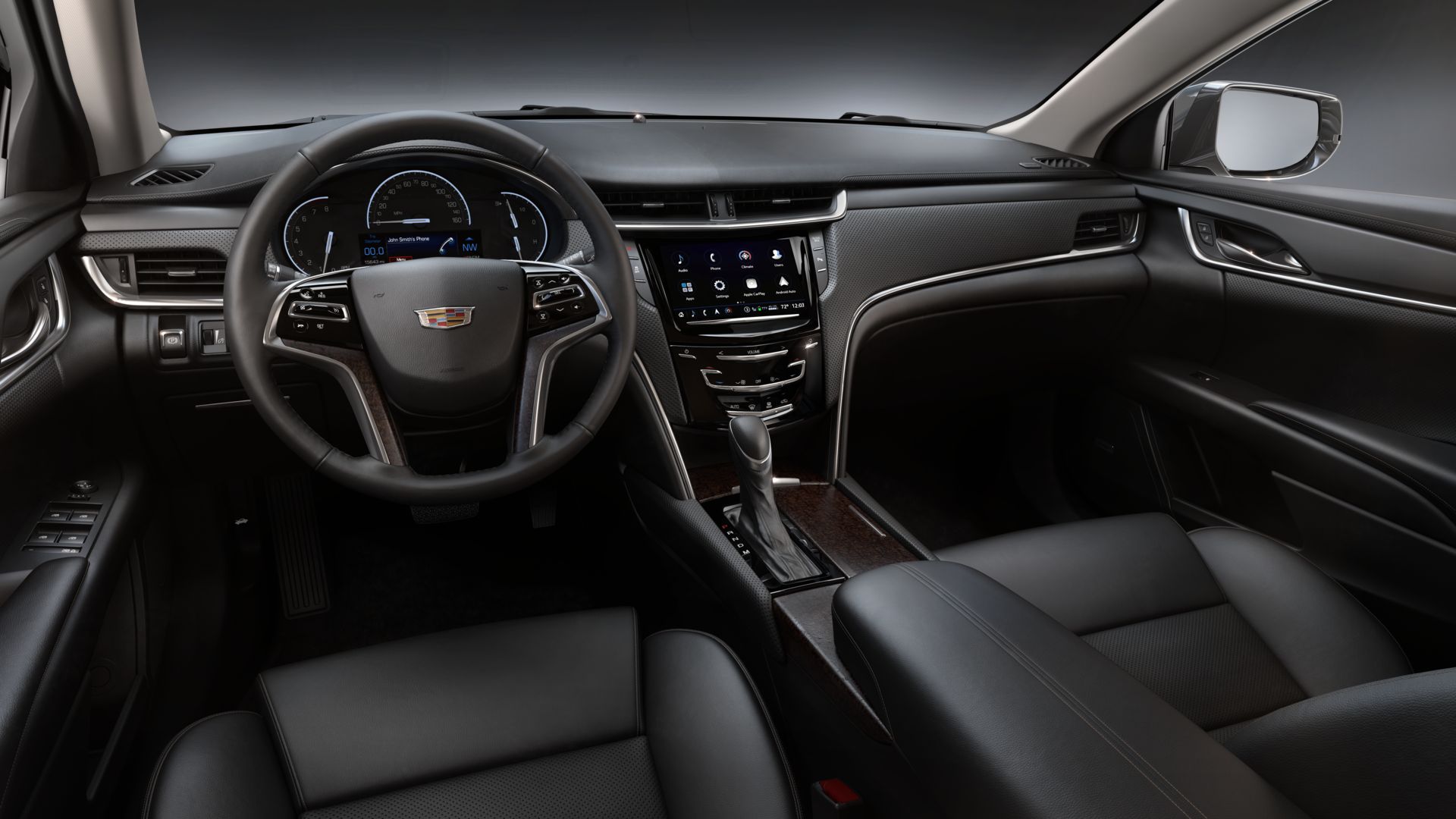
The main mode of transport for most residents of Greater Toronto (GTA) continues to be a private car, although in recent years the government has strongly encouraged residents of the city to use public transport more. Thanks to this, a developed system operates in the Greater Toronto (GTA), which consists of both various types of transport that serve the metropolis, and of various independent transport systems connected through key interchange points – hubs.
Rail Transport
Canada has an extensive rail network. The central hub for passenger traffic is Union Station, located in downtown. It is at the same time a nodal point where two metro lines connect. This station has a rail service operated by the following companies:
UP Express– a line that connects Toronto Pearson International Airport with Union Station in downtown. The journey takes 25 minutes, trains run every 15 minutes.
VIA Rail is a passenger train that runs between Canadian cities. The most popular is the train connecting Toronto and Montreal. Also popular is the Trans-Canadian route, which runs from Halifax in Nova Scotia to Vancouver in British Columbia. The cost of travel on trains of this system is comparable to the cost of air travel.
Amtrak is a railroad company operating primarily in the United States. Provides communication between American cities and Toronto.
GO Transit– a company that carries out suburban communications and communications with nearby cities. It connects downtown Toronto (Union Station) with a network of electric trains (7 lines) with almost all suburbs of Toronto and the main satellite cities (including Hamilton, Waterloo, and Barrie).
Intercity Bus Service
Toronto is heavily bus service with Canadian and American cities. The main bus station in the city is the Toronto Coach Terminal at the intersection of Bay St. and Dundas St. (next to City Hall and Nathan Phillip Square). The main carriers are Greyhound Canada, Coach Canada, and New York Trailways.
Commuter and satellite cities are operated by GO Transit buses, which have a number of large terminals both in Toronto itself and in its suburbs.
Roads
Roads are the arteries of Toronto. In addition to the usual streets in Toronto, there is a network of transport highways – highways, on which traffic is allowed 100 km per hour. Toronto is crossed by Hwy 401, which is the main road connecting Ontario and Quebec, as well as a number of minor highways such as Hwy 400, Hwy 404, Hwy 407, Hwy 409, and Hwy 427, Allen Road, and DVP. Roads in Ontario are free, except for Hwy 407.
If you don’t have a car, you can always rent a car. There are many companies operating in Toronto that provide such services (Car Rental Service).
Public transport modes
The residents of the city have at their disposal a unified transport system that has integrated various types of transport.
Bus services
Toronto and its suburbs are linked by heavy bus services. This is the main form of public transport.
Toronto’s main carrier is the Toronto Transit Commission (TTC), which operates bus services throughout the city and partly in suburbs such as Richmond Hill, Markham, Vaughan, and Mississauga.
The suburbs have their own large bus carriers, which are responsible for individual regions.
The Northern Suburbs (the entire York region including Richmond Hill, Markham, Vaughan, Aurora and Newmarket) is served by the York Region Transit (YRT). In addition to local routes, this company operates several express lines of the Viva system, which connect almost all northern suburbs with metro stations.
Toronto’s western suburbs have their own transportation systems – Mississauga is the Mississauga Transit, Brampton is the Brampton Transit, and Oakville is the Oakville Transit. The eastern suburbs, located in the Durham Administrative Region, have their own Durham Region Transit.
The GO Transit express bus network, which connects all suburbs and satellite cities with Toronto, plays an important role in the transport scheme of the suburbs. The GO bus network has 15 permanent terminals (stations), and a huge number of intermediate stops on request.
In recent years, special high-speed lines have been allocated on major highways for buses, which reduces travel times. All buses are very comfortable and equipped with free wi-fi.
Trams (streetcar)
An important part of the urban transport system. Toronto has the second longest tram system after Melbourne (Australia). Since 2010, there has been a significant expansion of tram lines, as well as a complete replacement of the tram fleet with new modern cars. The tram network operates only within Toronto (there are no trams in the suburbs). Toronto’s tram system is operated by the Toronto Transit Commission (TTC).
In fairness, it should be said that the new tram lines in Toronto should rather be called light metro, since some of the new sections are underground.
Subway
An important part of Toronto’s urban transport system, with 4 subway lines. In 2018, construction was completed on an extension of the metro line to the northern Toronto suburb of Vaughanl. In 2021, the construction of the Eglinton Crosstown light rail line is due to be completed, the southern line of the metro is under development, and the construction of the extension of the metro line to the northern suburb of Toronto Richmond Hill.
The Toronto subway system is administered by the Toronto Transit Commission (TTC). There are car parks near key metro stations. During the day they are paid (with a moderate rate), in the evenings and on weekends they are free.
Railways
In addition to rail links connecting Toronto with other cities, train routes connect both individual suburbs and suburbs and satellite cities with Toronto. The stations have free parking spaces.
Taxi and car-sharing
Toronto has a large number of taxi companies, as well as limousine and group transportation services. It should be said that taxis usually stand in certain places – near metro stations, near large shopping centers, etc. In downtown Toronto, they ply the streets frequently and can be stopped by raising your hand.
However, outside of the city center (usually this area is limited to the Financial District, Downtown Yonge, Harbourfront, and Yorkville), taxis are difficult to find, as they are called by phone. Therefore, in case you urgently need a taxi, it is good to have in your address book the phone numbers of one or two companies that operate a taxi service, where you can call and order a car.
In recent years, car-sharing services such as Uber and Lyft have been a serious competitor to taxis. In order to use this service, you need to install the applications of these services on your smartphone.
Getting Around Toronto
Toronto has a unified transport system, the TTC, which combines metro, bus and tram services.
Movement with transfers
All metro lines, bus, and tram routes are interconnected and have a single tariff. That is if you need to get from one point of the city to another, and there is no direct route, then you can do this by a series of changes using several types of transport (bus, metro, tram). In this case, all routes (regardless of the type of transport) will be interconnected.
Fare
There is one tariff for the entire trip within the TTC system – that is, after you paid for the first boarding in the TTC system, all subsequent transfers will be included in this payment, and you do not need to pay anything extra. To do this, you should take a transfer – a paper ticket, which indicates the time of your boarding and the stop at which you started moving. Tickets (transfer) are taken either at the exit from the metro, or from the bus and tram driver.
There is also no division into zones and distances – the cost of one stop on the metro or tram costs the same as traveling through the entire city with a number of transfers using different vehicles.
Children under 2 years old can ride for free. A number of categories (children under 12 years old, schoolchildren under 19 years old, people over 65 years old, etc.) are also eligible for discounts, upon presentation of the relevant documents. There are also all sorts of special weekend fares (for example, a family pass for a family for the whole day), discounts on monthly passes, etc.
Opening Hours
Usually, the metro on weekdays and Saturdays starts at 6 am and ends at 1:30 am. On Sunday, traffic starts at 9 am and ends at 1:30 am. Buses and trams start at 5:00 am on weekdays and end at 1:30 am.
Timetable
All vehicles in Greater Toronto operate on schedule. Description of routes, the timetable of vehicles on them and the cost of travel – all this can be found on the websites of those transport systems that you want to use. There is also a timetable at each stop, indicating the time of arrival of the bus, tram or metro train. A free TTC (Ride Guide) route map is available at all metro stations at the ticket offices where you buy your tickets.
Night traffic
During the period when the regular movement of metro, buses and trams stops (from 1:30 am to 5:00 am), the main routes begin to run on the main routes every half hour, the Blue Night Network night buses.
If you live in the suburbs
For movement within the suburbs, their own transport systems operate. Routes and timetables for buses on them can be found on the websites of these systems.
More important is the connection with Toronto. It should be said that the suburbs are very closely connected with Toronto, integrated with it, and in fact constitute a single urban space. This is largely facilitated by the intensive transport links, which allows you to get from the suburbs to the center of Toronto quite quickly.
GO Transit system
The most efficient transport system is GO Transit. From downtown Toronto (Union Station) to all suburbs and a number of satellite cities there are 7 electric lines. While this is a very convenient and quickest way to get downtown, its big disadvantage is that it has a low frequency of movement. Traditionally, electric trains ran only in the morning when people went to work, and in the evening when people returned from work. At the moment, there is an increase in the frequency of traffic and an expansion of the schedule.
The most convenient way to get to Toronto within the GO Transit system is by express buses, which run from almost all suburbs to downtown Toronto (Union Station). In the northern suburbs, GO buses run to Finch,
RELATED POSTS
View all



